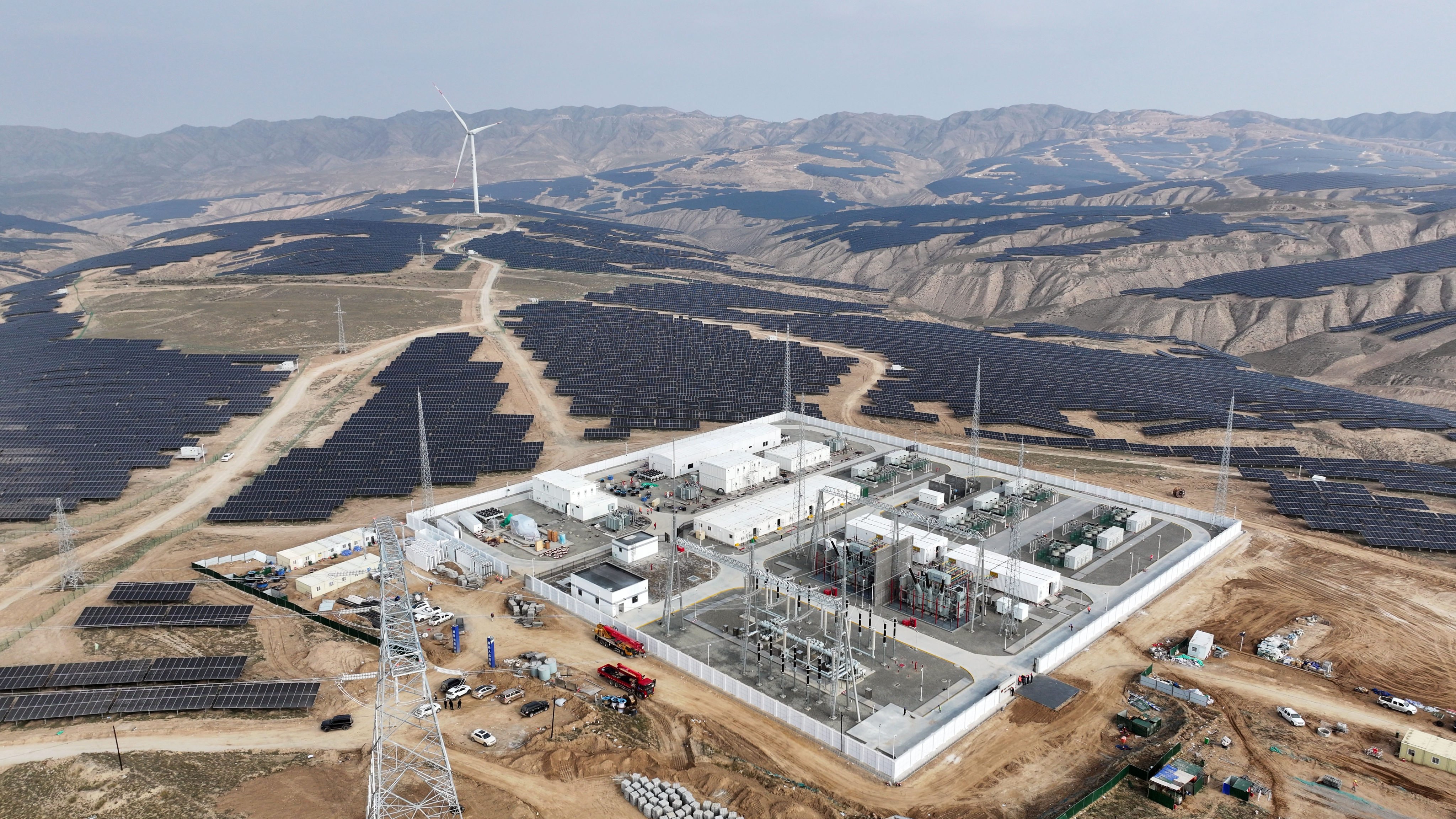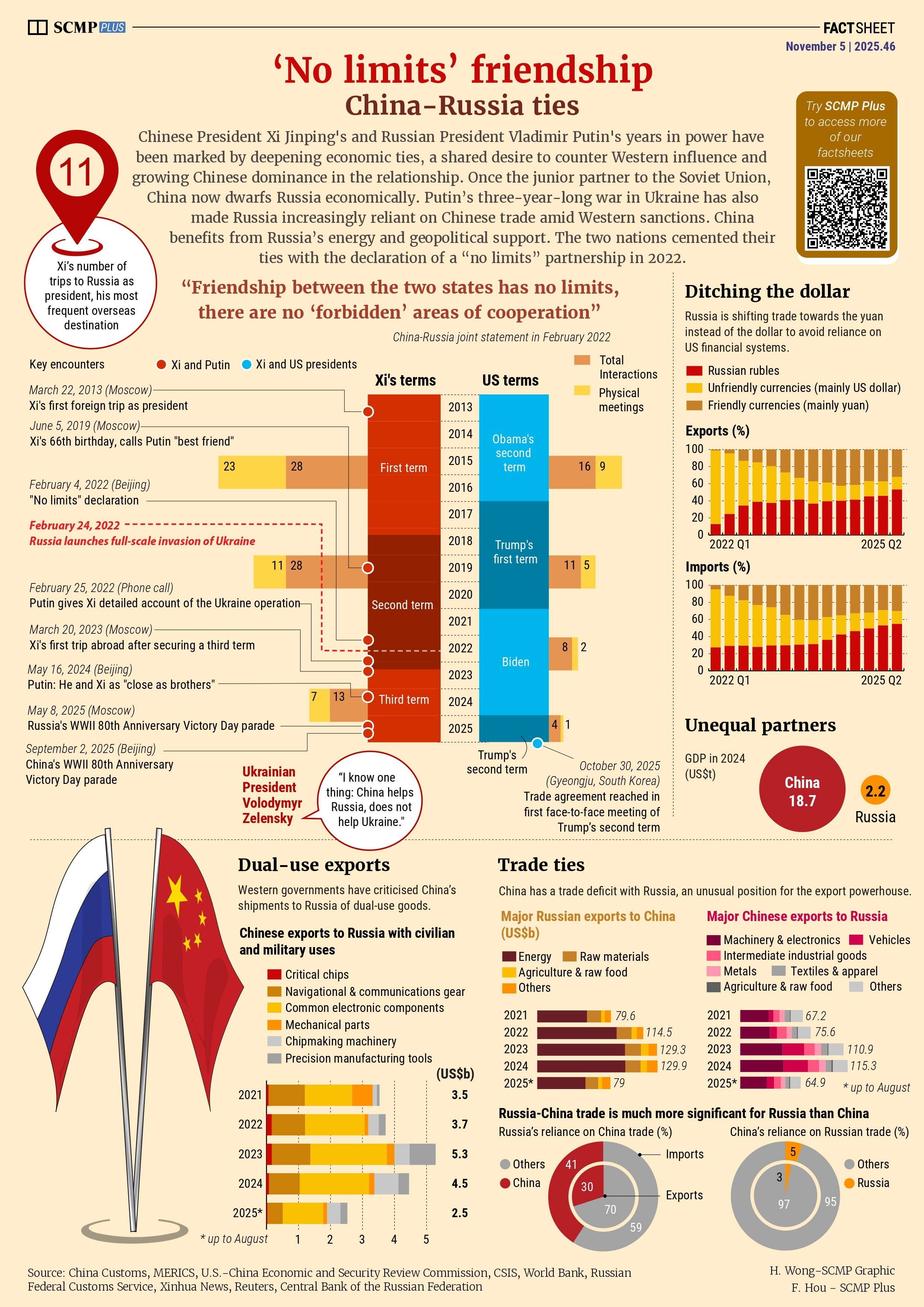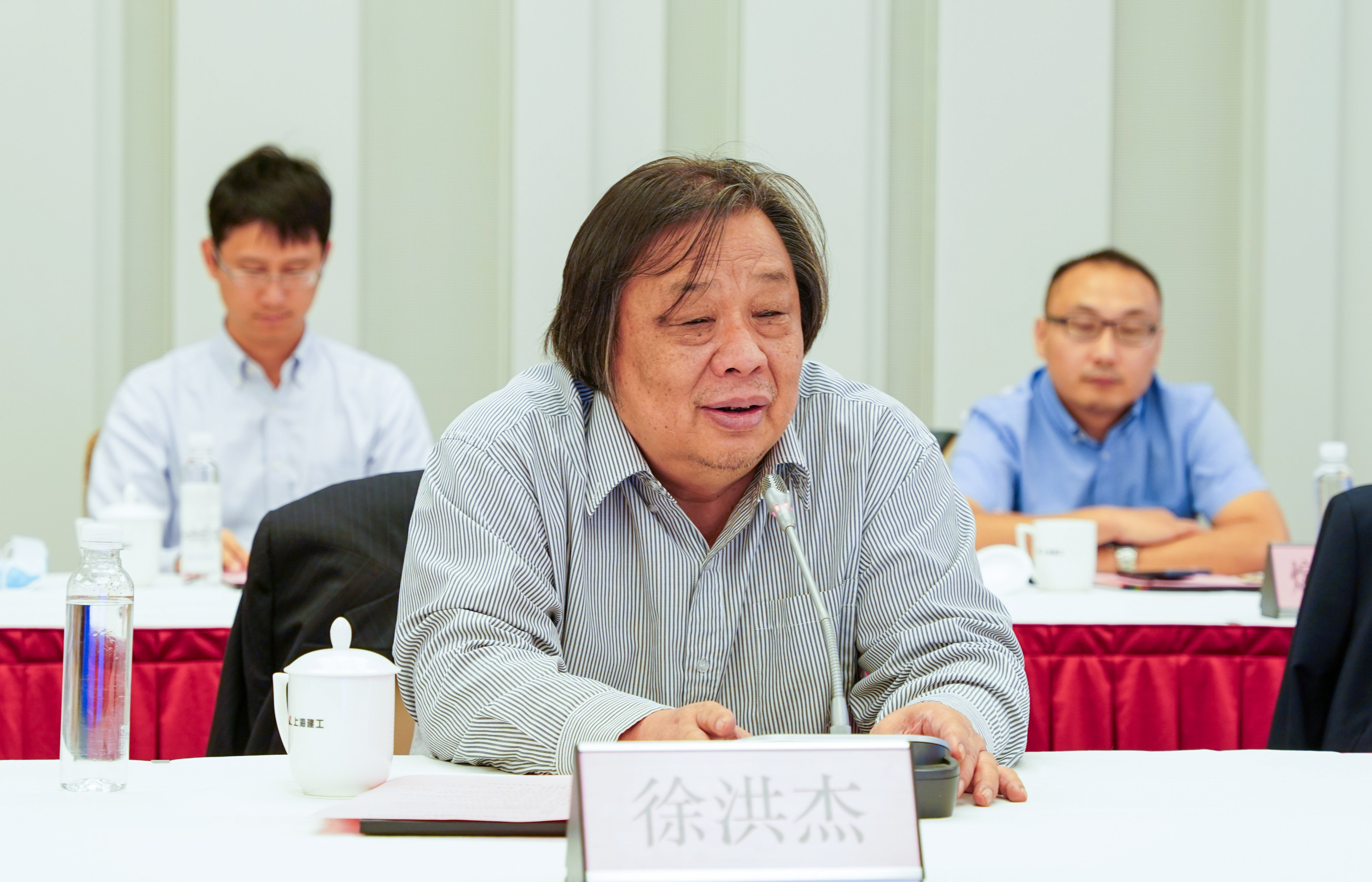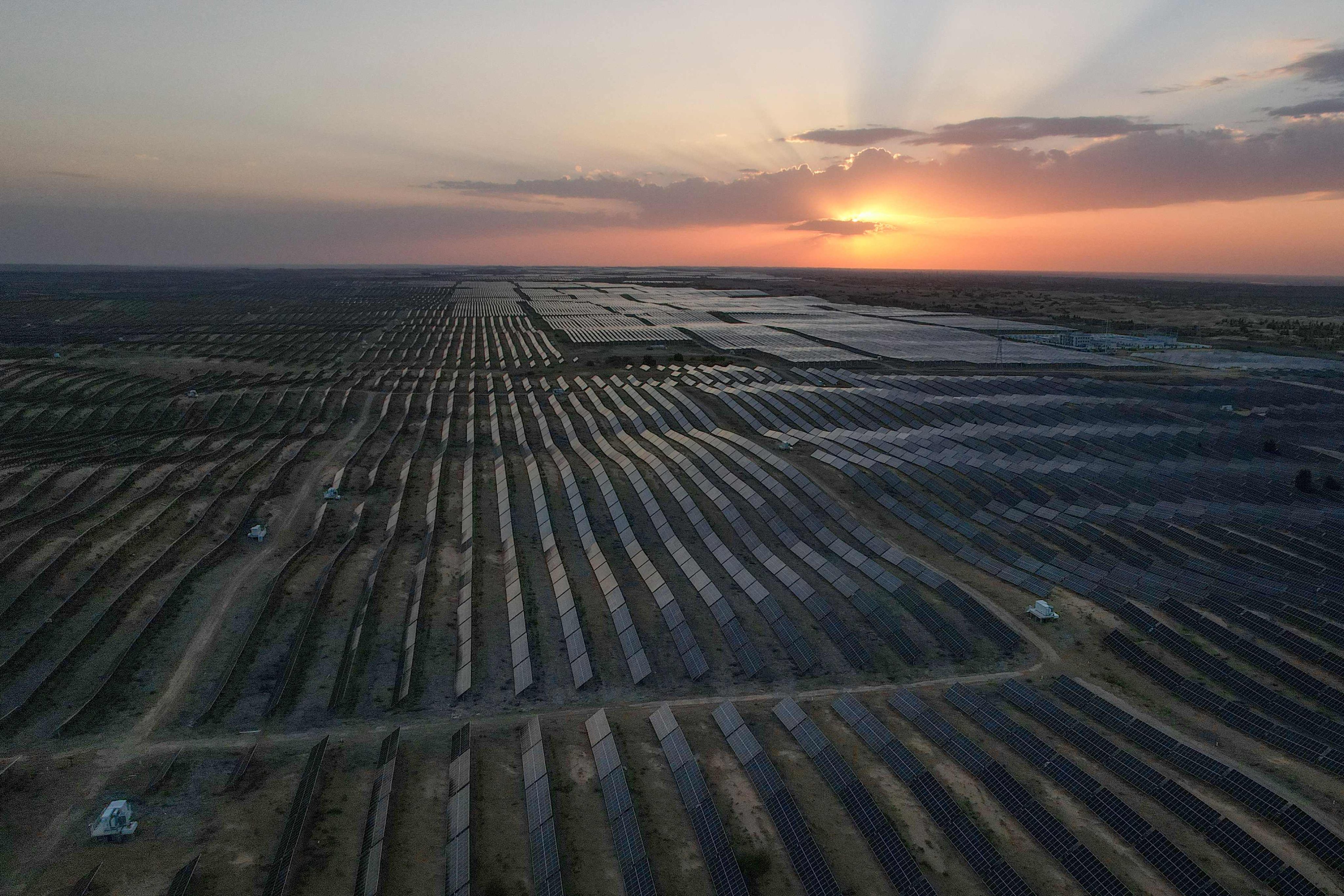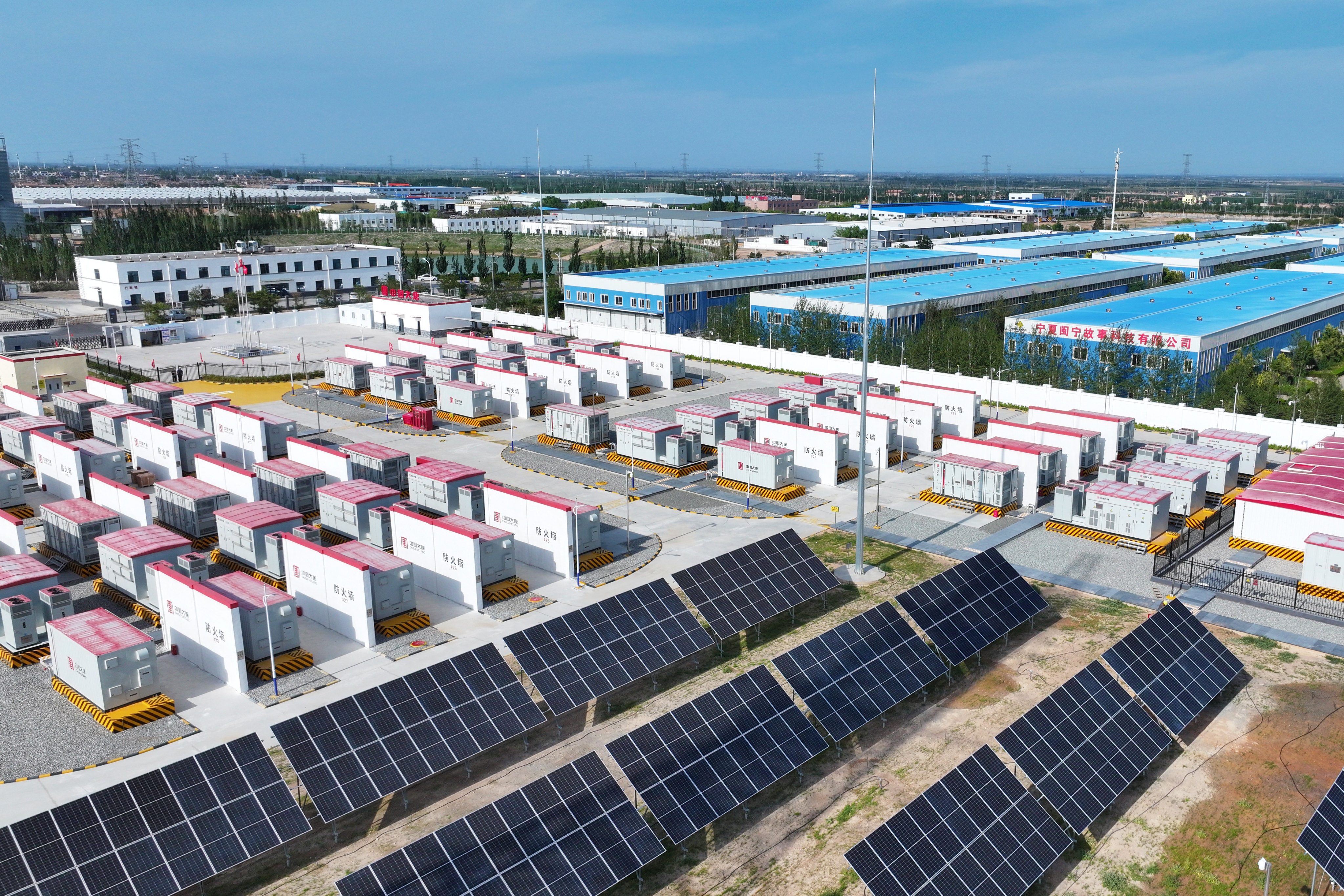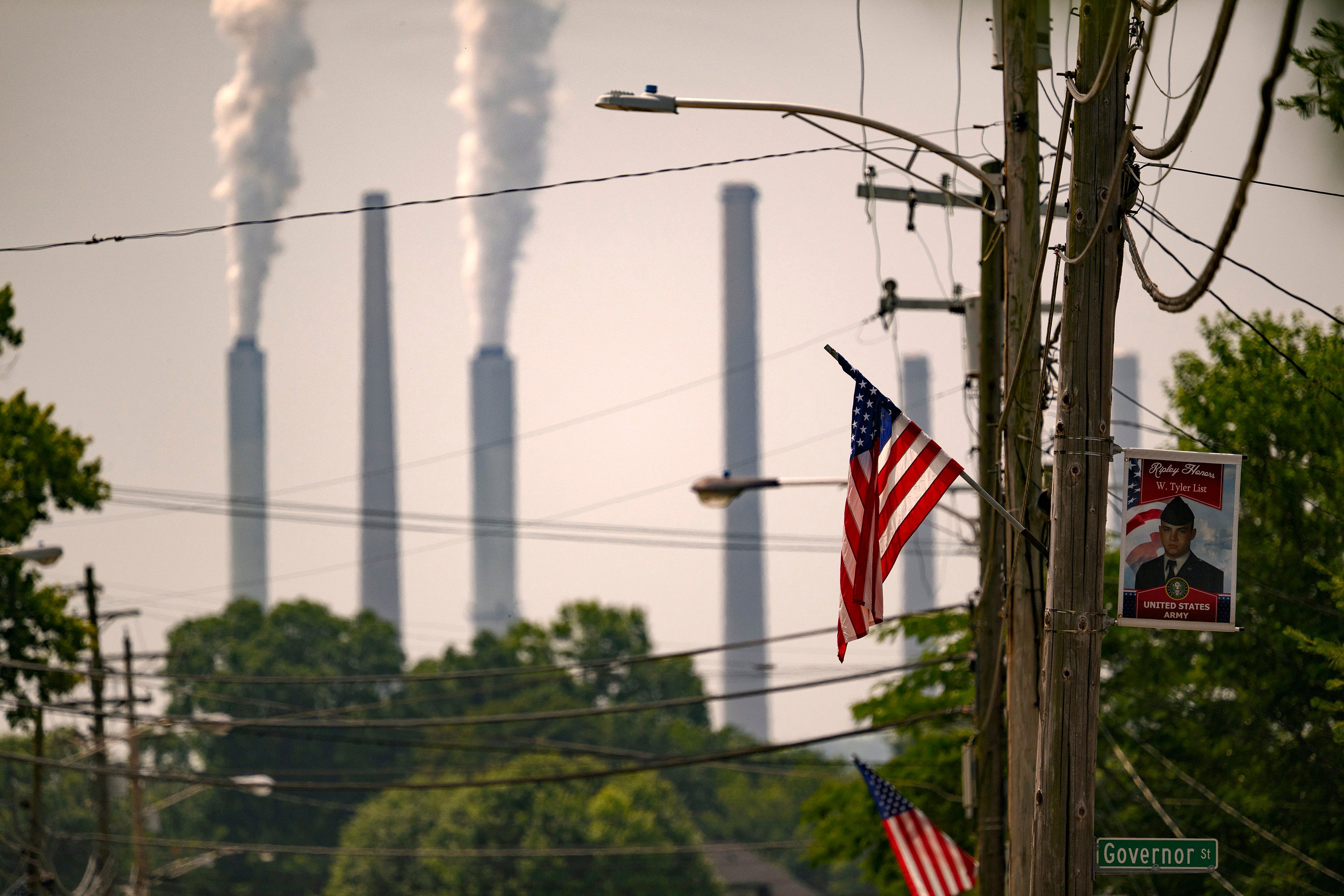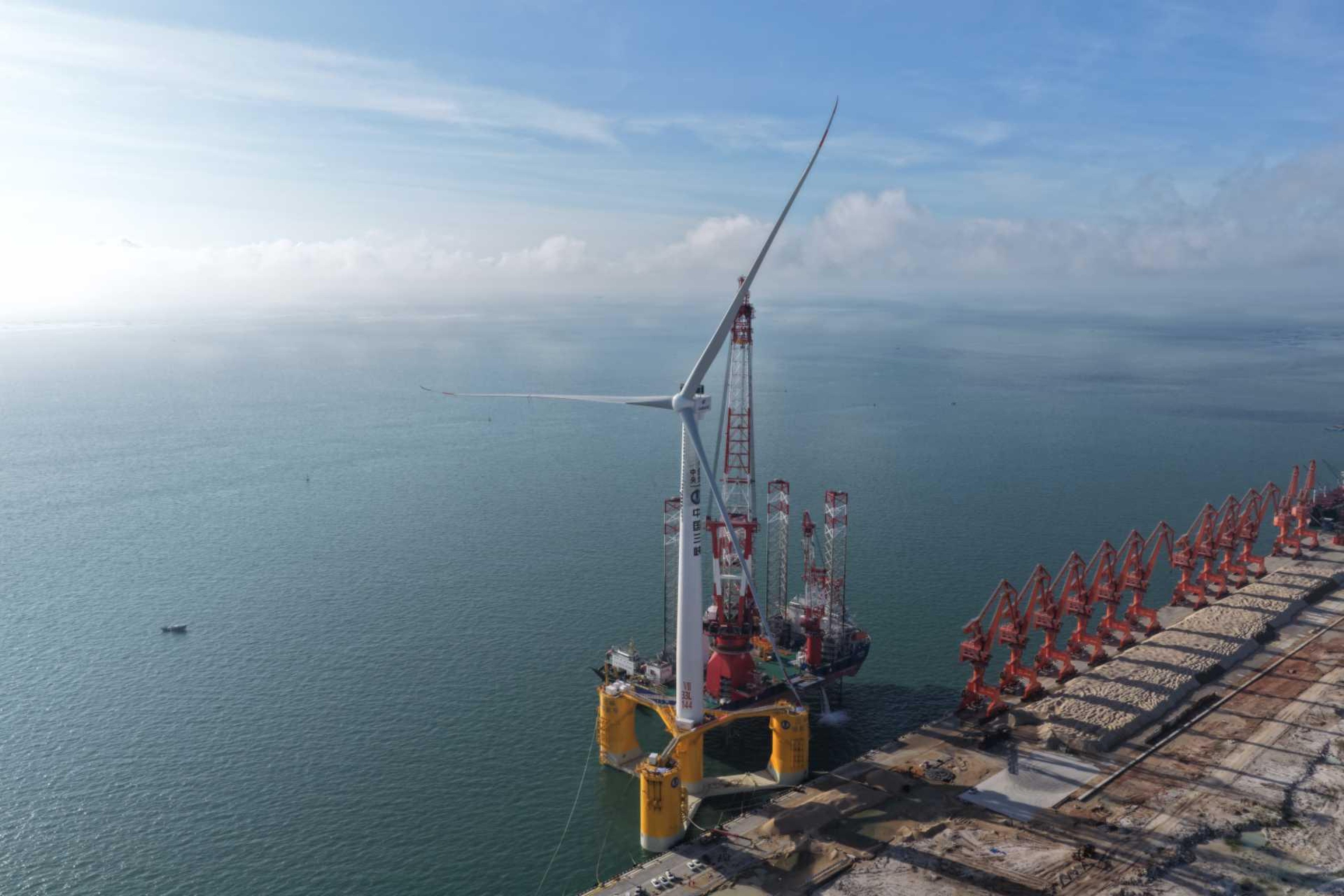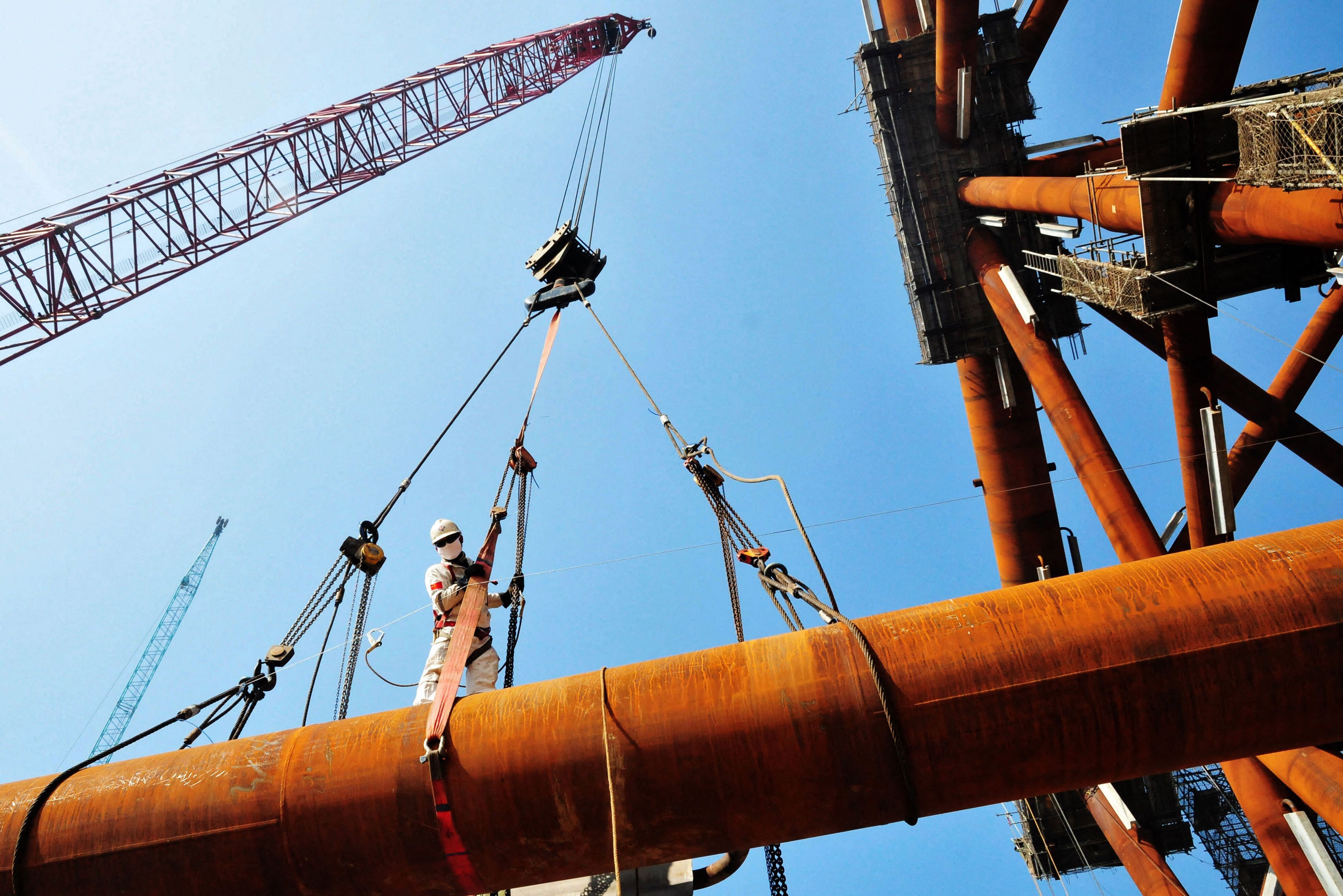TOPIC
China energy security
China energy security
China must ensure an adequate supply of energy, including coal, gas and crude oil, to support its 1.4 billion people. According to the 14th five-year plan for 2021-25, China must supply more of its own energy needs by 2025, while advocating for larger domestic oil and gas production and clean energy cooperation with other countries, including the United States.
Help preserve 120 years of quality journalism.
SUPPORT NOWAdvertisement
Advertisement
Advertisement
Advertisement
Advertisement
Advertisement
Advertisement
Advertisement
Advertisement
Advertisement
Advertisement
Advertisement

